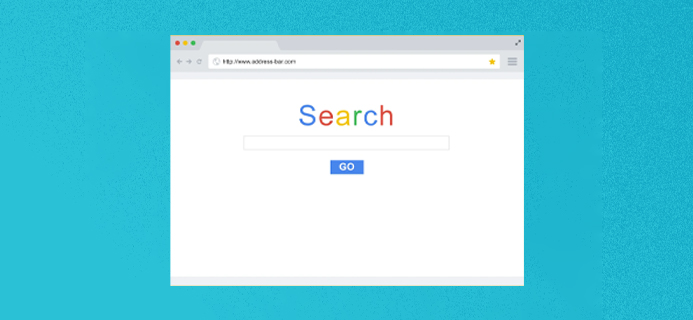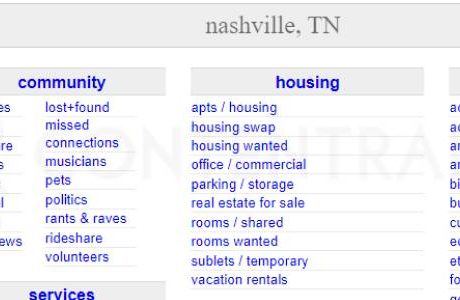Which client would you advise to advertise on the search network?
- Jim, who wants to reach people on social networks interested in poetry
- Suzy, who wants to reach people browsing travel websites about China
- Bill, who wants to reach people looking for plumbing services
- Carol, who wants to reach people watching YouTube videos.
Correct Answer: Bill, who wants to reach people looking for plumbing services.
Google Search Network – All You Need To Know

Explanation: The Google Search Network is a group of search-related websites and apps where your ads can appear. Bill, who wants to reach people looking for plumbing services can advertise on the search network.
Where Search Ads Can Appear?
When your keywords become relevant to the user’s search, your ads appear with the same. Besides, your ads can show above or below the search engine result page.
You need to understand that the search network is a part of the Google Network where your specific ads can be visible. On the other hand, there are basically three types of ads on the search network and this includes:
- Image and video ads: Search partners can host image ads and video ads.
- Shopping ads: These ads link to products for sale.
- Text ads: These ads are the most popular and common ones on the search network. This might have an ‘Ads by Google’ label on partner sites.
As already discussed above, the Google search network is a group of search-related websites and it has specific types of ads that it can run. On the other hand, the display network consists of Google websites, apps, mobile sites, and partner sites. It works more as a demand generator and helps in brand awareness. Therefore, I would advise Bill to advertise the plumbing services on the Google Search Network.
Reference:
- https://support.google.com/adwords/answer/1722047
- https://www.certificationanswers.com/en/which-client-would-you-advise-to-advertise-on-the-google-search-network-2/






















